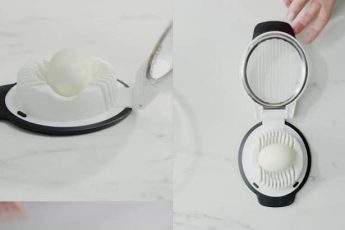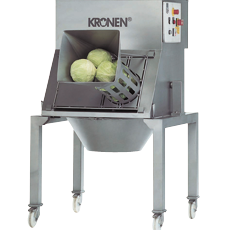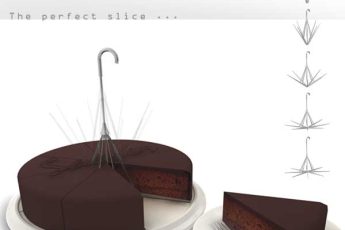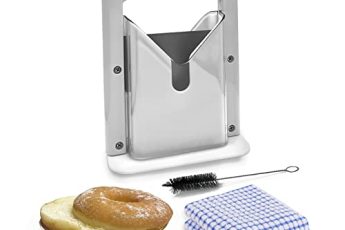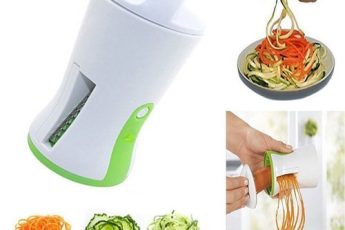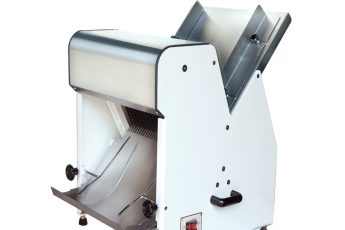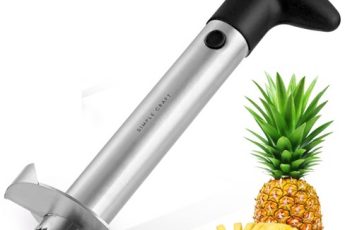Slicing food has always been a laborious task. The knife’s size and skill level can make a big difference in how well you end up with sliced food, but there’s a new way to slice that is faster and easier than ever before: using a food slicer. But with so many different products available on the market, how do you know which one is right for your kitchen? Here are some tips to help you choose the best option for slicing food!

What Is a Food Slicer?
A food slicer is a kitchen appliance that cuts items into precise and consistent shapes. These tools are often used to serve uniform portions of food, such as slices of pizza or pieces of fruit for a fruit salad. A food slicer may also be used in industrial settings to produce processed food products. These devices are often used by delis, grocery stores, and fast food restaurants.
Types of food slicers
There are two main types of food slicers: manual and electric. A manual slicer can be operated by one person and uses hand-operated levers to slice through the item being sliced. An electric slicer will use an electric motor to move the blades. Some models of these electric slicers can be adjusted in terms of thickness, which allows you to get just the right amount of thickness for your needs. Both types of food slicers have their advantages and disadvantages; it will depend on your preferences and needs as to which type you want to use in your kitchen.
- Manual food slicers have a hand crank that you turn to slice up your food, whereas electric food slicers use a motor powered by electricity.
- Electric food slicers tend to be faster and easier to operate than manual ones, but they’re also more expensive—and you’ll need an outlet nearby or a portable battery pack if you want to move around with it.
Manual models tend to cost less than their electric counterparts because they don’t require electricity; however, they take longer for each slice since you’ll be doing all the work yourself (and therefore can’t slice as fast).
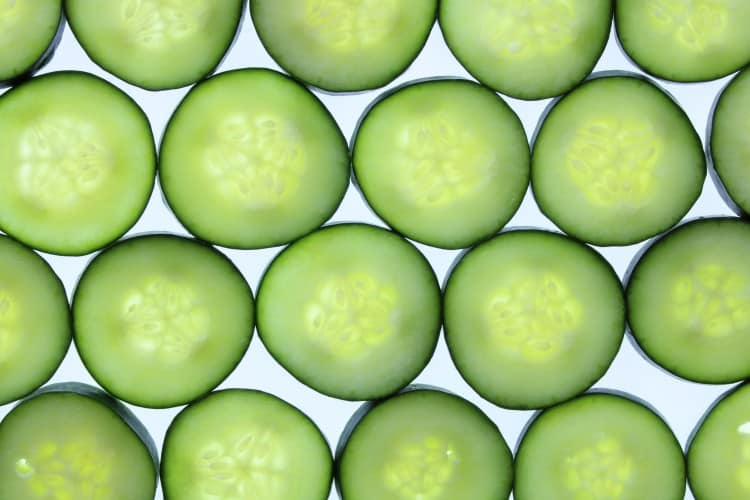
What can you cut with a food slicer?
Food slicers can be used to slice a variety of foods. They can cut meats and cheese, vegetables like onions and potatoes, fruit like apples or pears, bread for sandwiches, hard cheeses like parmesan, and even hard bread crusts. If you’re looking for a slicer that will allow you to make perfect slices of meat or cheese for sandwiches or salads, then look no further than the best food slicers on our list here!
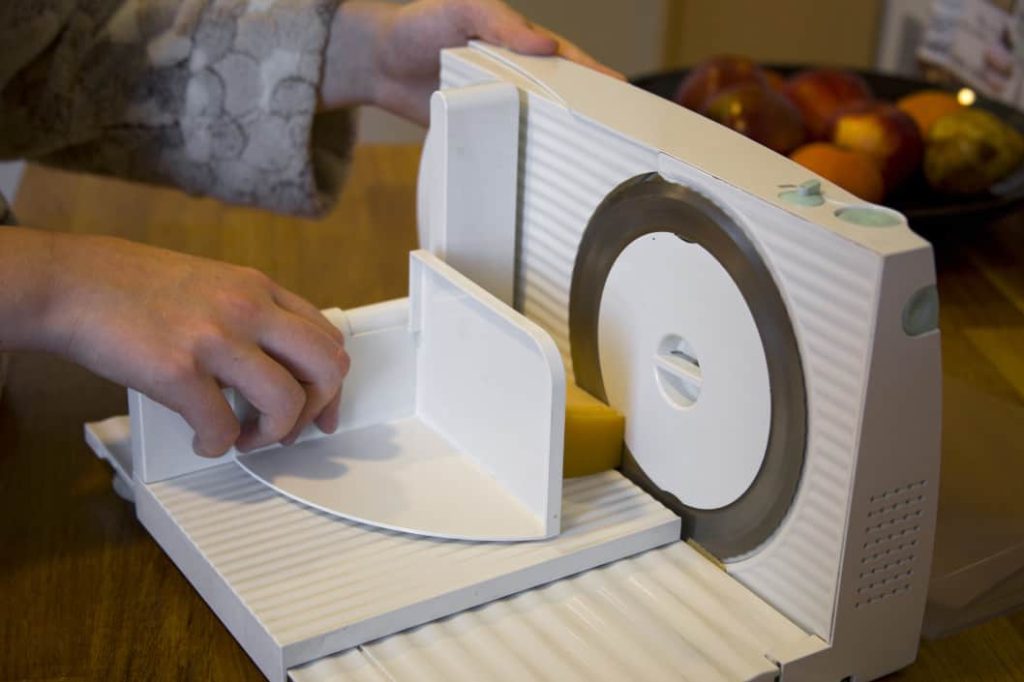
Some slicers offer a wide range of accessories so that they can be used with any type of food product, from fruits such as strawberries through to vegetables like zucchini which are famous for making lasagna dishes with pasta sheets layered over them before being baked in an oven until cooked thoroughly at 350 degrees Fahrenheit (176 Celsius).
The thickness of slices
This is an important feature to consider when shopping for food slicers. Different models have different capabilities, so it’s important to know what you’re buying before you buy it. For example, if you want thin slices, consider getting a deli meat slicer model with a small blade that can produce paper-thin slices. If, instead, you want thick cuts of meat or cheese, look into a more giant machine that uses blades capable of cutting through thicker foods like meats and cheeses with ease.
How much space do you have?
The size of your kitchen and the space for countertop appliances will be significant factors in deciding what kind of food slicer to buy. If you have limited space, you might want to consider a compact model that can easily be stored out of sight when not in use but still has enough power to handle most slicing tasks. In contrast, if the only limitation is money (and space isn’t an issue), several full-size models with plenty of power and extra features make them worth considering.
Whether looking at complete or compact models, keep in mind that some slicers have smaller cutters than others—and it’s essential to measure how large those cutters are before making final decisions on which product will suit your needs best.
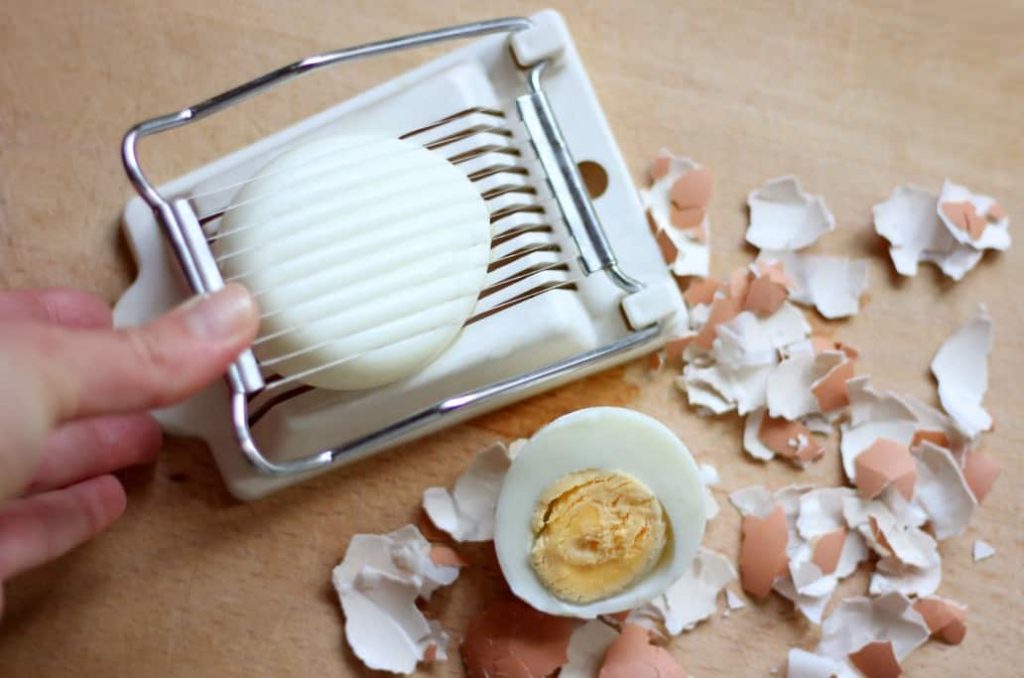
For instance: if all the vegetables you intend on slicing are relatively small ones like onions or carrots (which don’t require much cutting), then a smaller cutter may work just fine; however, if these veggies need more prep beforehand, then perhaps look into getting something with larger blades instead since this would mean less prepping time later down the line when preparing meals every day!
Your budget
Your budget is the most crucial factor in choosing a food slicer. You can get a decent slicer for less than $100, but if you want high-quality cuts and features, you’ll need to spend more.
If your main goal is to get professional-looking cuts at home, the best food slicers on the market are usually in the $300 range. Be prepared to pay even more if you want something that can handle commercial use—some of our top picks cost $500 or more!
Maintenance
Maintenance is a crucial part of keeping your food slicer in good condition. Depending on the type of food slicer you buy, maintenance can vary significantly and may include cleaning with soap and water or even hand washing. Some food slicers can be cleaned thoroughly in the dishwasher, but others are not dishwasher safe. Check if this is an option before purchasing a new kitchen helper!
Before buying a food slicer, remember to check the specs, maintenance, and budget.
- What are the specifications of this slicer?
- How much maintenance does it require?
- How much does it cost, and what is the warranty like?
- What pros and cons do you see with this machine?
Conclusion
Selecting a food slicer can be difficult if you are not clearly sure of your requirements. You need to consider the type of food you would like to slice, whether you will be slicing meat, vegetables, or fish. Before going for a food slicer, it is essential to know its benefits and drawbacks, the kind of blades these machines have, and how these blades can help you in slicing your desired food items quickly and efficiently.
The most important factor when choosing a food slicer is finding the one that suits your needs while also being able to deliver on its promises. Which design appeals to you the most? Does the product come with any unnecessary add-ons?
At the end of the day, this will be a piece of equipment you use every day, so it’s essential to find one that works well and matches your style and aesthetic. And if you’re only going to invest in one type of food slicer, whether manual or electric, pick one with an excellent warranty to put it to good use in your kitchen.



